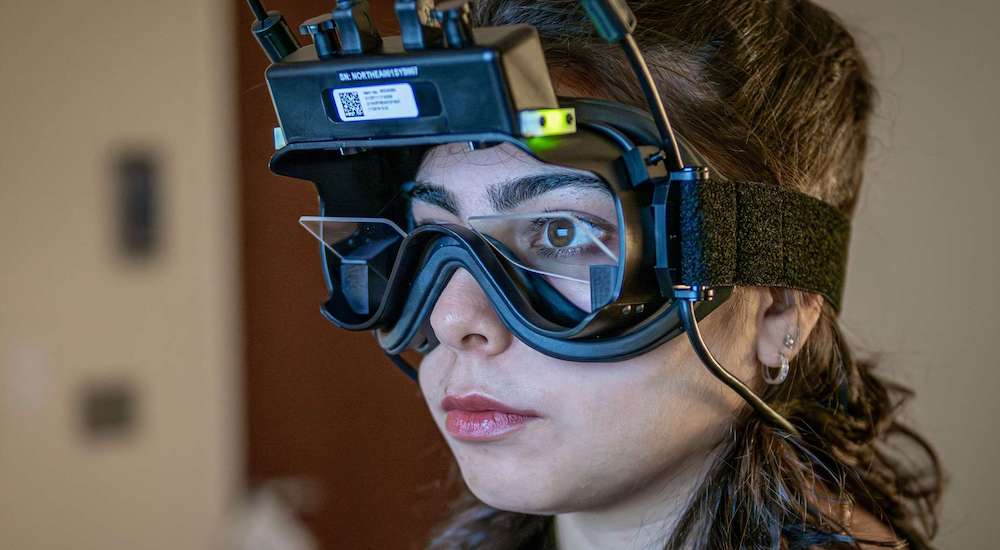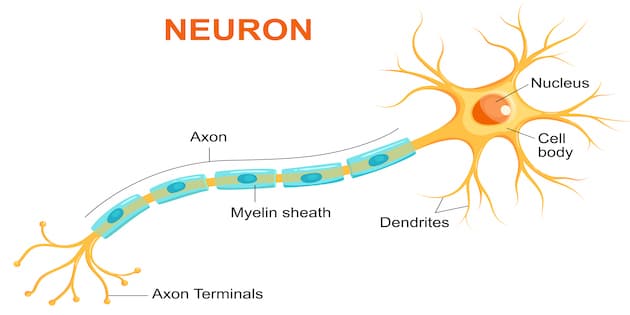Predictions for 2031: Jean-Luc Puel: The fruits of research
Future of Audiology: 2031
We asked 15 figures from the audiology world to tell us what their sphere will be talking about in the year 2031. Leading French researcher Jean-Luc Puel micro-scanned the future for his answers.

Clearly, the bigger picture in hearing will develop much in line with the many smaller pictures that emerge from research: genetics, molecular science, neuroscience and neurophysics, nanotech, pharmacology, and artificial intelligence, to name just some of the areas succinctly given future relevance in the following vision.
Jean-Luc Puel, Head of Hearing, Institute for Neurosciences of Montpellier, France
Listen carefully; 2031 is coming to our ears.
Many advances are made in understanding hair cells and the degeneration of auditory neurons. High-throughput screening of molecules in zebrafish, stem cells, and patient-derived organoids boosts drug findings. Researchers will have identified more than 400 genes responsible for deafness.
Nanoparticles, synthetic viruses, genomic editing or RNA repair bring hope for restoration of hearing in patients carrying gene mutations. The combination of cochlear implants with continuous neuroprotective drug delivery or virus-mediated neurotrophic factor expression provide promising results to rescue defective hearing.
A new generation of cochlear implants using light-activated neurons is constantly improving frequency resolution. Incorporation of AI and machine learning in hearing devices will have achieved exquisite adaptation to various auditory scenes. The emergence of personalised medicine becomes a reality with the creation of centres of excellence involving researchers, clinicians, and patients. In 2031, hearing health becomes a priority.
Source: Audiology Worldnews EUHA special 2021




